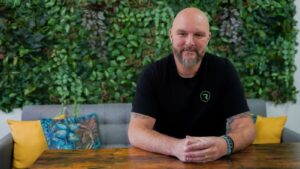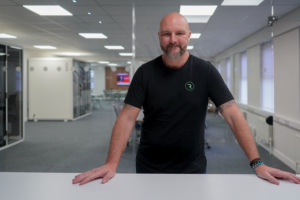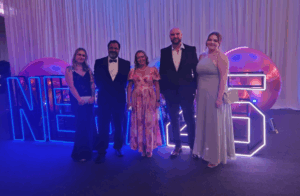There is a lot of noise about screen time right now, especially with Australia moving to stop under 16s having social media accounts. The aim is simple, reduce harm, make platforms take responsibility, and give kids some breathing room online. Whatever you call it, ban or delay, the law kicks in this December and the platforms have to take reasonable steps to keep under 16s off their services, with big fines if they ignore it. YouTube was even added after pushback. The direction of travel is clear.
That is the part about what kids should not be doing. What is missing is a louder conversation about what they can do. That is where we come in.
Learning beats scrolling
Not all screen time is the same. Passive feed flicking and jump cut videos are one thing. Solving a set of maths puzzles with feedback, or working through a reading path tuned to your level, is something else entirely.
Well designed learning apps can move the needle. Trials and reviews keep showing meaningful gains in early maths and literacy when the apps are used properly, with feedback, and for short focused sessions. Some schools have seen double digit improvements in test scores, with better confidence as a bonus.
Gamification helps when it is thoughtful. Points, levels, and small rewards can lift engagement and outcomes, but design matters. The wrong mechanics backfire. The right ones support focus and steady progress.
In places where textbooks and teachers are stretched, mobile first tools close gaps. Phones are already in the home, so a light app with low data use can reach learners fast and cheaply. Build for the device, not a shrunk down desktop site, and you get better results and motivation.
Honest talk about screen time
We need a clearer split. Passive time is the risk. Active, guided learning is the opportunity. Keep sessions short. Keep goals clear. Mix screen work with real world tasks. Let kids earn their screen time by doing something that builds a skill, not just fills a minute.
Parents and schools need simple rules they can actually follow, fixed times, visible goals, and an easy way to see progress. Small wins, often, beat marathon sessions.
What we are building
At Resolved Beyond we design and ship interactive learning apps that earn their place on the home screen. Early years phonics and number sense. Primary maths and spelling. Confidence builders that adapt to the learner, give instant feedback, and keep data private.
We build for the real world, low bandwidth first, quick to load, simple to use, short sessions, clear rewards, and no dark patterns. We test with real families and teachers. We measure outcomes. We cut what does not work. We ship what does.
How we think about safety
We design for under 13s like they are our own kids. No public profiles. No open chat. No ads. Clear privacy. Age appropriate content. Easy to reset progress. Parents and carers can see what is happening without needing a manual.
If the law shifts, as it has in Australia, we are ready, accounts for adults, experiences for children, and controls that keep everyone on the right side of the rules.
The point
Screens are not going away. The choice is simple, leave kids to the feed, or give them tools that build skills and confidence. We pick the second option every time.
If you run a school, a trust, or a charity and want to pilot learning apps that put outcomes first, talk to us. If you are a parent or carer and want something better than another endless scroll, we can help.
Join the Resolve Network.
Stay connected with insights, support, and opportunities from across The Resolved Group — from platform fixes and business growth to mentoring and tech for good.




